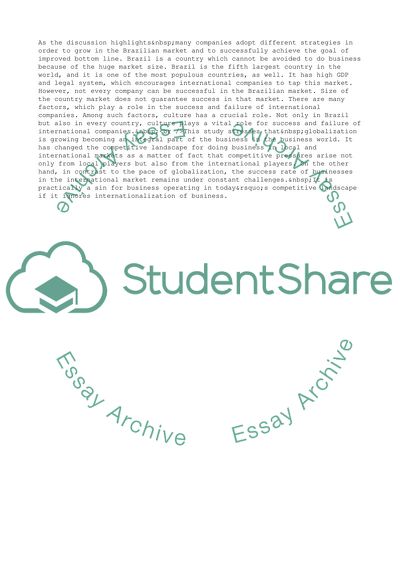Cite this document
(“Inernationalization of UK Businesses in Brazilian Market Essay”, n.d.)
Inernationalization of UK Businesses in Brazilian Market Essay. Retrieved from https://studentshare.org/business/1642977-research-proposal-of-research-methods-for-business
Inernationalization of UK Businesses in Brazilian Market Essay. Retrieved from https://studentshare.org/business/1642977-research-proposal-of-research-methods-for-business
(Inernationalization of UK Businesses in Brazilian Market Essay)
Inernationalization of UK Businesses in Brazilian Market Essay. https://studentshare.org/business/1642977-research-proposal-of-research-methods-for-business.
Inernationalization of UK Businesses in Brazilian Market Essay. https://studentshare.org/business/1642977-research-proposal-of-research-methods-for-business.
“Inernationalization of UK Businesses in Brazilian Market Essay”, n.d. https://studentshare.org/business/1642977-research-proposal-of-research-methods-for-business.


